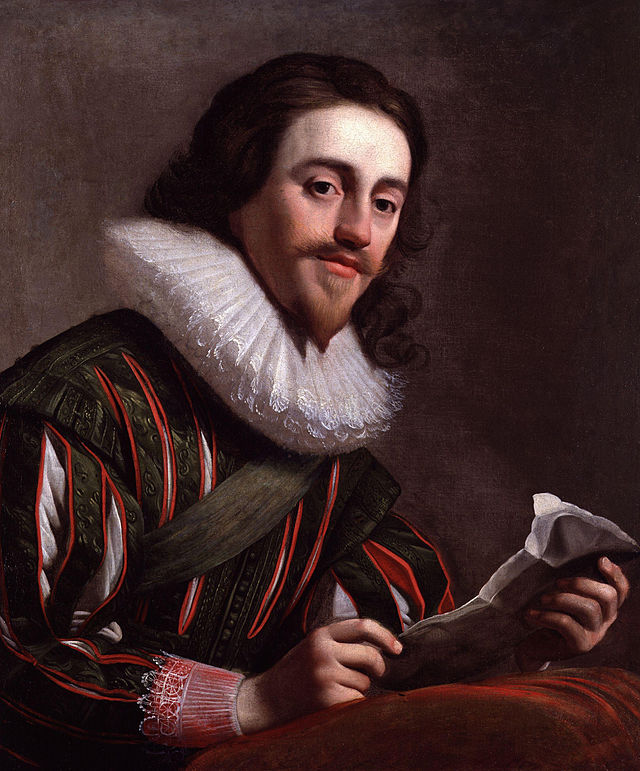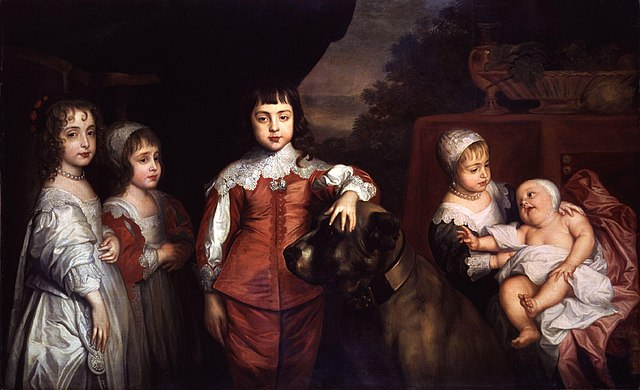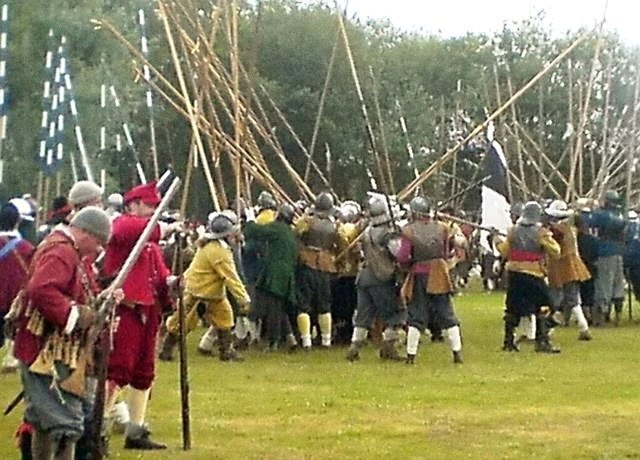King Charles Facts for Kids | Educational Information (2024)
King Charles I was a significant figure in English history. He was born on November 19, 1600, in Dunfermline Palace, Scotland, and became King of England, Scotland, and Ireland in 1625.

His reign was marked by conflicts with Parliament, ultimately leading to the English Civil War and his eventual execution in 1649. Despite these tumultuous events, King Charles left a lasting impact on the history of the United Kingdom.
Here are some fascinating facts about King Charles that kids might find interesting:
1. King Charles Early Life and Family

King Charles I was the second son of King James I of England and Anne of Denmark. He grew up in a royal household and was educated in matters of state and religion.
His older brother, Henry Frederick, was originally the heir to the throne but died in 1612, making Charles the heir apparent. Charles married Henrietta Maria, the daughter of King Henry IV of France, in 1625. They had nine children together, including two future kings, Charles II and James II.
2. Belief in Divine Right of Kings
One of the defining characteristics of King Charles I’s reign was his belief in the divine right of kings. He believed that monarchs were chosen by God to rule and that their authority should not be questioned by Parliament or anyone else. This belief put him at odds with Parliament, which sought to limit the power of the monarchy and increase its own authority.
3. Conflict with Parliament
King Charles’s reign was marked by ongoing conflicts with Parliament over issues such as taxation, religious reform, and the king’s authority. These conflicts came to a head in 1642 when Parliament passed laws limiting the king’s power.
This led to the outbreak of the English Civil War, which lasted from 1642 to 1651. The war was fought between the supporters of King Charles (Royalists or Cavaliers) and those of Parliament (Parliamentarians or Roundheads).
4. English Civil War and Execution

The English Civil War was a brutal and bloody conflict that divided England, Scotland, and Ireland. The Royalists were initially successful, but they were eventually defeated by the Parliamentarians, who were led by Oliver Cromwell.
King Charles was captured by Cromwell’s forces in 1646 and held as a prisoner. In 1649, a Parliament-established court tried him for high treason and other charges. He was found guilty and sentenced to death.
On January 30, 1649, King Charles I was executed by beheading in front of the Banqueting House in Whitehall, London.
5. Legacy of King Charles
Despite his execution, King Charles I left a lasting legacy. His death marked the end of the monarchy in England for over a decade, as England was ruled as a Commonwealth under Oliver Cromwell.
However, in 1660, King Charles II, the son of King Charles I, was restored to the throne, marking the end of the Interregnum period. The restoration of the monarchy brought stability back to England and signaled the return of the Stuart dynasty to the throne.
Conclusion
King Charles I was a complex and controversial figure in English history. His belief in the divine right of kings and his conflicts with Parliament ultimately led to his downfall and execution.
However, his legacy endured, and his son’s restoration to the throne signaled the return of the monarchy in England.
Studying the life of King Charles I provides valuable insights into the dynamics of power and politics during this crucial period in history.
